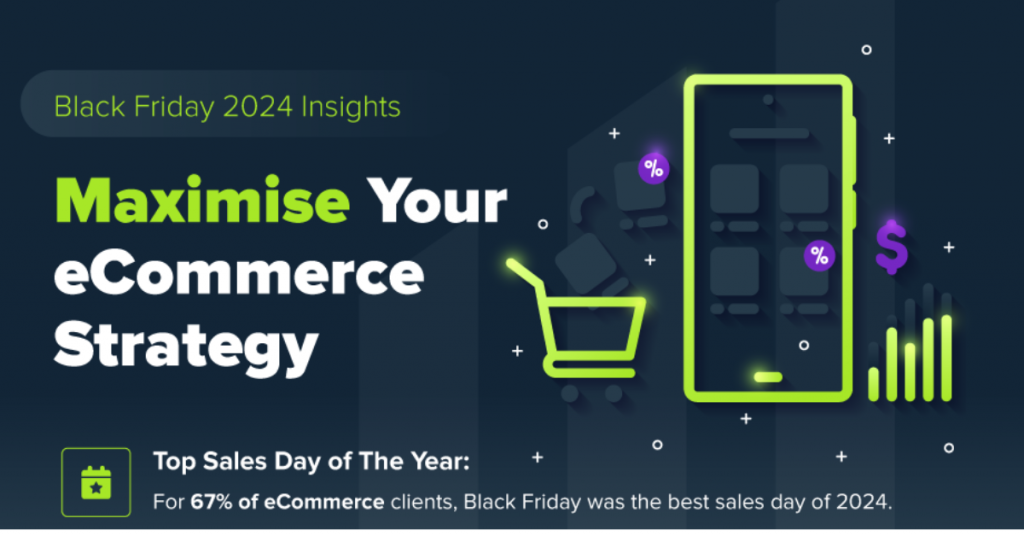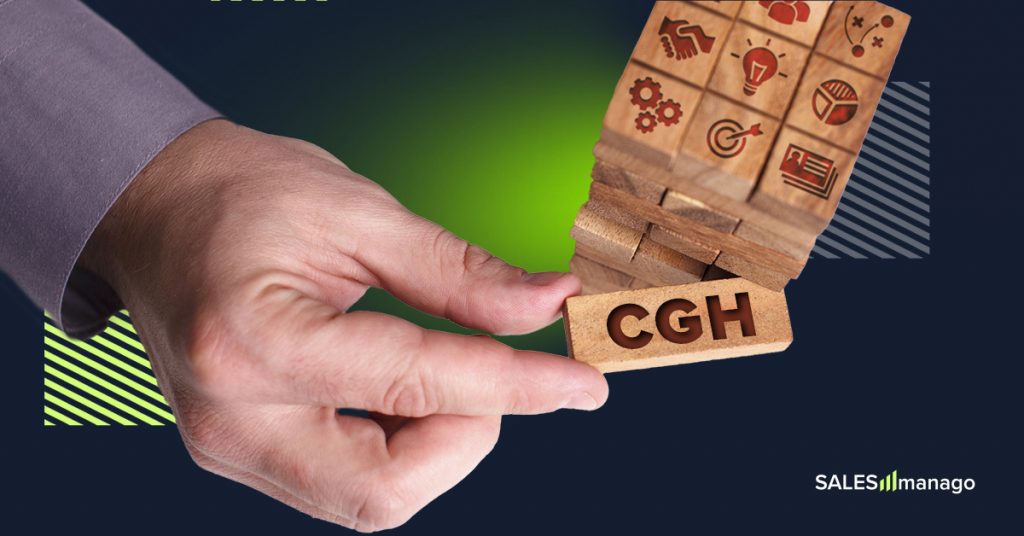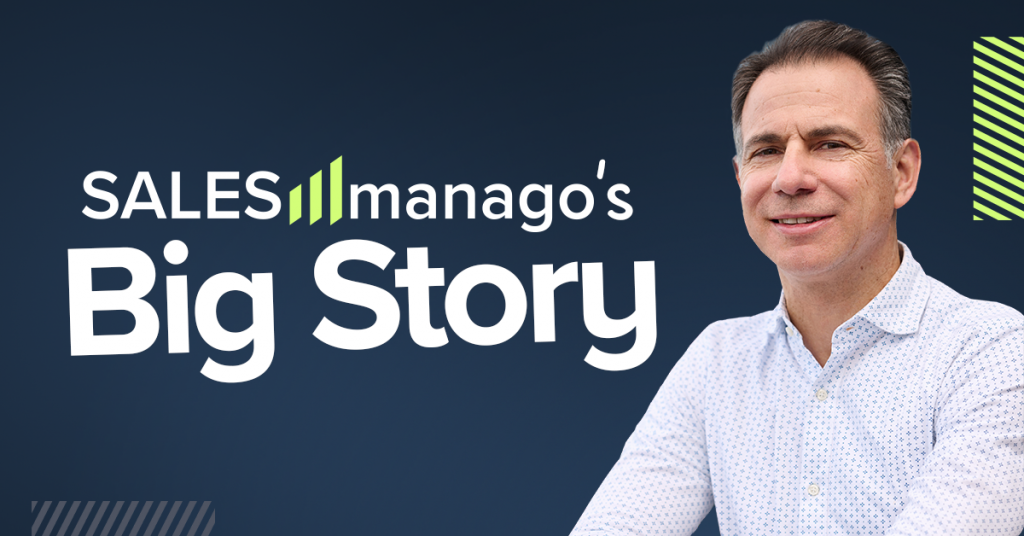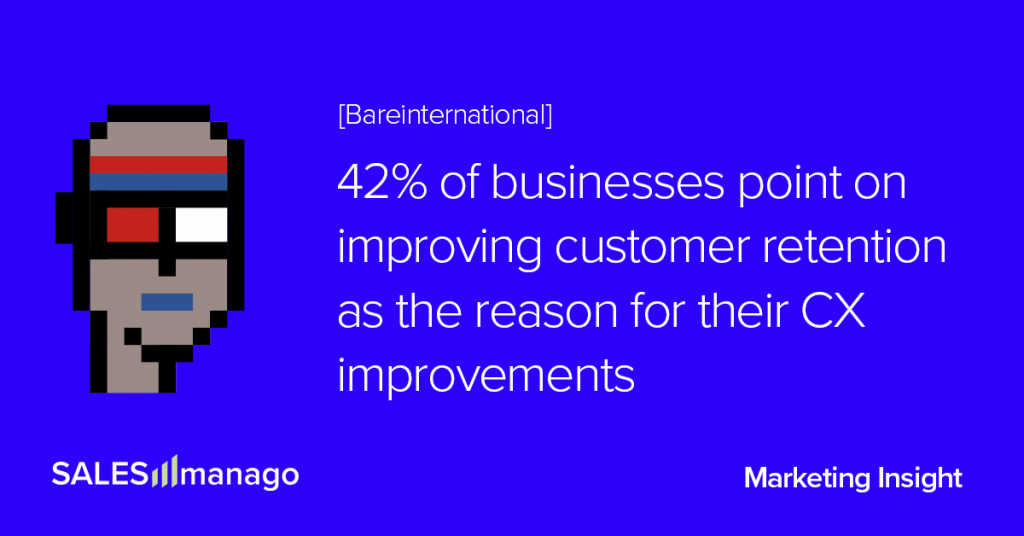
Raise the sail! … Or the sale, if your proverbial “ship” happens to be an eCommerce business. Such a decision never seems wrong; this is what brave, relentless managers and captains do. But, to keep the metaphor relevant, let’s assume the ship is sinking. Will simply going forward faster stop you from ending the journey on the ocean floor? Or maybe theEuropean Maritime Safety Agency will later judge that you allocated resources in the wrong place for the situation? In this article, we explain how a company with high churn and low customer retention resembles a sinking ship and direct you toward some unfailing, proven countermeasures.
What is the customer retention and retention rate?
The company’s ability to keep its customers over time is called retention. It’s a percentage-based metric that tells you how large a portion of the customer pool you retained by the end of a given period.
The new customers just acquired by the company, and the customers that churn by closing the contract, not returning to buy, or ending the subscription, both influence retention.
On the other hand, retention can be described not as a state but as an action. From this standpoint, you can think about retention as all the actions your company takes to increase the number of repeat customers and the number of purchases throughout their lifecycle.
Simply put, retention is all the efforts a company undertakes to convince customers to stay with it.
The customer retention rate is a measure of retention over a given period.
Customer retention formula
To effectively care for and nurture customer retention, it is important to know how to calculate it in the first place.
The first thing that interests us is a period of time during which the retention will be observed. This can be quarterly or yearly.
Then, we use the following formula:
[(No. of customers at the end of the period—No. of customers acquired during the period) / No. of customers at the start of the period] x 100
If we:
- assume a yearly period for the customer retention rate
- started the year with 20 customers
- gained an additional five customers over the year
- but one customer churned
We get the following formula:
[ (24 – 5) / 20 ) ] x 100
which gives us a 95% retention rate.
Usual reasons for retention importance
Knowing the retention rate enables you to perform an audit of churned customers to determine the reasons for churn. The audit results should help you employ countermeasures and lower churn rates to enhance retention.
Why is it so important for businesses? First, let’s look at the most common and well-known arguments for keeping a high retention rate.
Loyal customers buy more often and spend more
Loyal customers purchase more regularly and in greater quantities. Retained customers are more likely to make additional purchases if you pay attention to what brands or types of products they like. The differences between “regular” and “loyal” customers are not small either—a 5% increase in customer retention can increase company revenue by 25–95%.
Access to more data
The longer customers stay with your company, the more data you’ll have access to and the more you can learn from their shopping habits. Data is crucial to eCommerce to better understand your current and returning customers so you can address their needs more precisely. Identifying their patterns, demographics, and other important factors can help you create more effective marketing strategies for retention and acquisition.
Referrals
Customers feel good telling people about quality service they received or a product that makes their lives easier. Satisfied and therefore loyal customers are more likely to share their experiences with your company and refer their friends and family, effectively bringing new customers.
Less price sensitivity
Loyal customers are significantly less price-sensitive or even price-conscious. They focus on the value your company brings to their lives and trust you with solutions to their vital problems. Loyal customers are experienced with your brand and understand well what they get for their money. Therefore, they are more likely to accept premium prices.
Better lifetime value
Engaged customers tend to have a longer lifetime and therefore also a longer lifetime value (LV) metric. It tends to be four times greater than in the case of the average customer. Engaged customers generate 80% of sales.
Affordability
Customers your business retains are familiar with your products and services, which reduces your marketing expenses, such as creating brand awareness and advertising your product range. Retaining a customer is 5–25 times cheaper than acquiring a new one!
The REAL reason why customer retention is crucial for eCommerce businesses not to sink
And these reasons are absolutely true! Looking at them, it’s easy to imagine how much faster your business will grow: the key metrics look awesome, and the ROI will get better and better in proportion to the rising retention rate. This shows how much better the business can be when the retention rate is high.
But to really understand how the marketing funnel works, imagine the opposite situation.
Imagine a customer churn so high and a retention rate so low that the customers are going out your back door quicker than they’re coming in the front door. This means that you are losing not only clients. You are losing money exponentially, as we explain in a minute.
Is this situation really so uncommon? After all, consumers today have more opportunities than ever in the history of eCommerce to simply move to the competition, if your company lets them down, does not engage them enough, and provides a subpar customer experience.
So let’s ask the same question with different words—do marketing budgets rise? Or even “skyrocket,” as sometimes claimed? Yes, they do.
When a company loses its customers, extra pressure is usually applied to the lead generation and sales team to keep the funnel filled. Without proper customer retention, defined as a set of actions the company undertakes to keep customers for as long as possible, this is, from the financial standpoint, extinguishing the fire with gasoline.As mentioned, acquiring new customers is 5–25 times more expensive than keeping existing ones. Increasing sales and lead generation represent the most expensive and unsustainable solution possible, resulting in marketing budget inflation.Simply put, it’s like trying to save a sinking ship with a small bucket when the water gets in faster than you are able to get rid of it—the effects cannot last; they only delay the inevitable.
There’s no way a company can grow in such circumstances. The positive reasons for keeping customer retention high are tempting. The one big, negative reason simply makes it a must.
The real job starts after the first order. And Customer Data Platform can save the day!
Among the ways of boosting customer retention, the most effective are efforts to enhance customer experience and, consequently, customer engagement. Following a poor customer experience, 89% of consumers began doing business with a competitor.
In most situations, consumer experience directly translates to consumer engagement and thus to retention. In this blog we show in detail how the use of modern, AI-backed CDP, enabling omnichannel communication, can aid your company to track vital engagement metrics. But CDP provides you with more than tracking. To learn how SALESmanago can translate the knowledge you gain into retention-oriented action, request a SALESmanago demo.
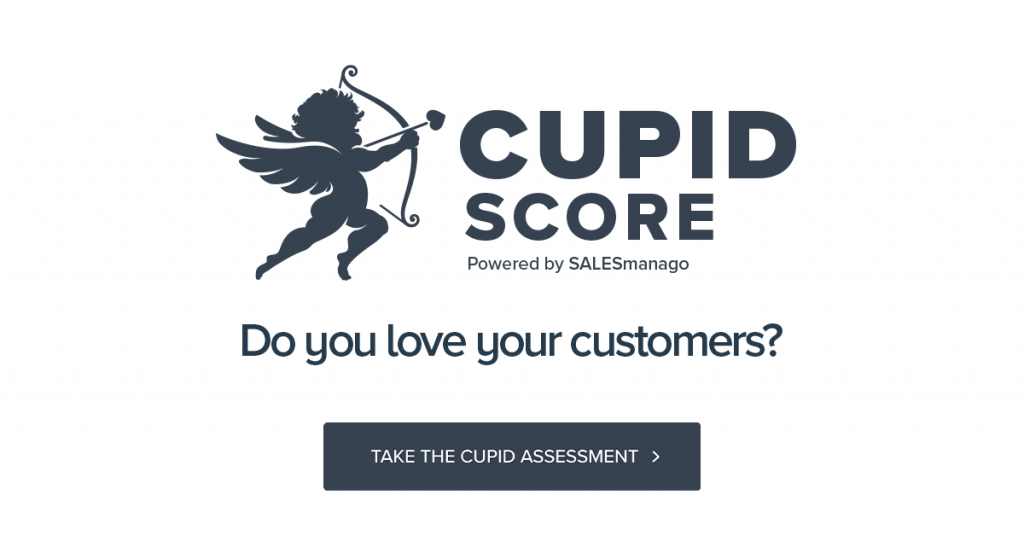
 Follow
Follow











